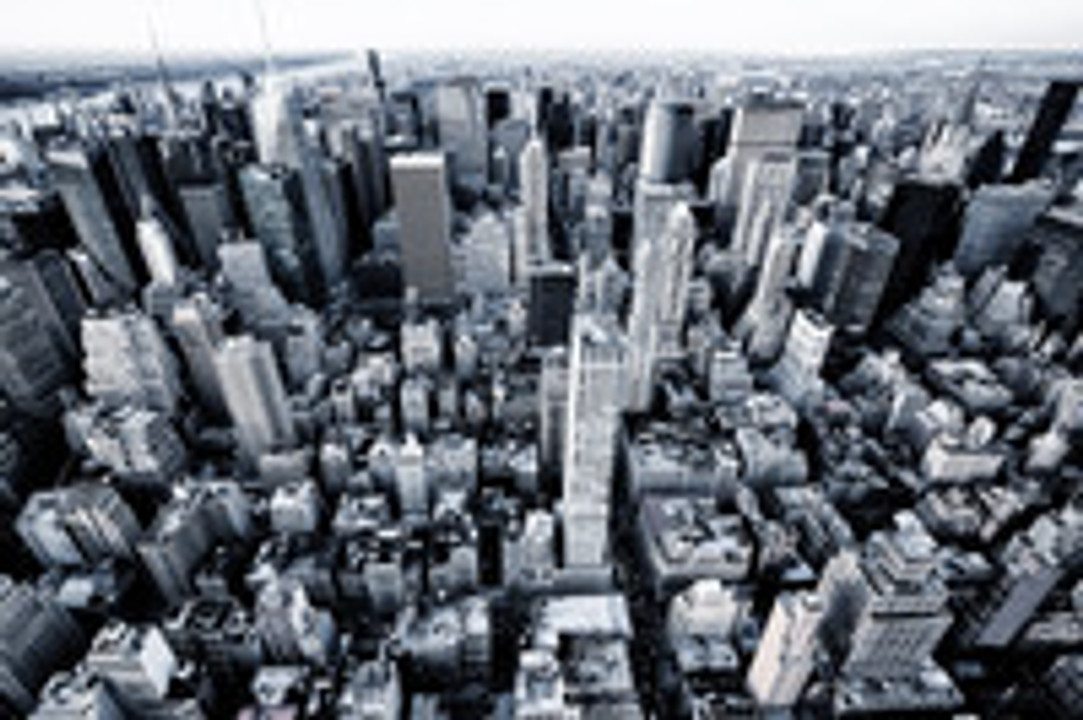New York City: Artistic Springboard or Over Developed Wasteland

Throughout the history of Rock 'N Roll, there have been a number of cities synonymous with launching the music form's defining sub-genres and/or artists. These include Detroit with Motown, Seattle with Grunge, Philadelphia with Chubby Checker, Frankie Avalon and more recently Hall and Oates along with Cinderella. And of course, New York City, best known, in the history books of Rock 'N Roll, for being the launching pad of American based Punk Rock and New Wave, during the 1970s.
Today, New York City is considered by many Americans to be the best city in the US and by many more to be the best city in the world. However, this wasn't always the case. During the 1970s, the city was essentially viewed as a goner. The politics were questionable, crime was high, and the rest of the country was ready to wash its hands of this great metropolis. However, musically, there were, in a sense, two revolutions going on simultaneously: Disco and Punk. (By the way, there is a fantastic documentary called NY77: The Coolest Year in Hell which discusses everything going on in the city at this time, in detail. Highly recommended.) While the rest of the US was essentially fine with the greater New York City area being washed away into either the Hudson or the East River, everybody who was anybody wanted to go, see, and be seen at the ultimate nightclub identified with Disco: Studio 54. Studio 54 got its name because of its location: 54th Street and 8th Avenue, in Manhattan. However, on the other side of the Manhattan isle, there was an entirely different music movement occurring which was the antithesis of Disco: Punk and New Wave. These particular musical forms, (which were, essentially, off shoots of one another), were coming to fruition 50 blocks away from Studio 54, in areas such as the Bowery, at clubs including CBGB and Omfug, in Tribeca, at venues like the Mudd Club, as well as in Greenwich Village, at The Bottom Line, located right in the heart of New York University.

While those at Studio 54 were dancing to music written by artists located all over the world, Punk and New Wave were being created and performed by artists and bands right in these Disco dancers' own back yards, so to speak. Bands such as the Ramones, Talking Heads, Blondie and Debbie Harry, Television, The B-52's, and others now considered to be the staples of American Punk and New Wave got their start performing regularly at CBGB, Mudd Club, and The Bottom Line. In attendance of these bands' shows were other well known New York based artists and celebrities including Andy Warhol, Jean-Michel Basquiat and Keith Haring who had become famous in their own right, through visual art.
While Disco and Studio 54 were flashy, fashionable and appealed to the “money crowd,” Punk and New Wave were becoming legitimate Rock sub-genres in a completely opposite way. The Bowery, for example, where CBGB resided, was considered a dirty wasteland, full of drug addicts and misfits. David Byrne, of Talking Heads, once said, when asked if he preferred the old days in New York City, that he doesn't miss what The Bowery district once was, at all. He went on to say that when Talking Heads were getting their start performing at places like CBGB, he had to step over junkies lying on the sidewalks to walk to his gig.
Since the 1970s, a lot has changed in both the musical and the New York City landscapes. Much of the Punk and New Wave music from this time period is now labeled as "classic rock," the clubs and venues which launched Punk and New Wave have all closed and the downtrodden areas where these clubs were located have become highly desirable places to live. The Bottom Line now houses New York University classrooms. And CBGB is now a store owned by clothing designer, John Varvatos. In his defense, he is a big fan of Rock music, and he has kept certain elements of the original club to pay homage to the legendary venue that once existed there. And the rest of downtown Manhattan, once inhabited primarily by artists, hipsters, art galleries and photography studios, such as SoHo - they, in large part, have essentially become a big out door shopping mall whose tenants are big box chain stores.
Plus over the course of the last 20 + years, there hasn't really been any substantial Rock 'N Roll movements to stem from The Big Apple.
So, what do you think: is New York still a launching pad, artistically, or has it become simply too developed, trendy and expensive to be viably artistic?
EXPLORE POPULAR ARTICLES
-
RIP SPACEMAN - KISS FOUNDING GUITARIST ACE FREHLEY HAS PASSED AWAY
16th Oct 2025Ace Frehley, the founding guitarist of KISS, who donned the makeup and outfit of the Spaceman, has
-
CYNDI LAUPER ANNOUNCES VEGAS RESIDENCY AFTER ENDING FAREWELL TOUR
7th Oct 2025I guess what she said is true - that girls just wanna have fun. And performing live is what the leg
-
JIMI HENDRIX EXPERIENCE BOLD AS LOVE BOX SET - AVAILABLE NOVEMBER 7
11th Sep 2025If you're looking for the perfect holiday (or late 2025 birthday) gift for yourself, or your favori




